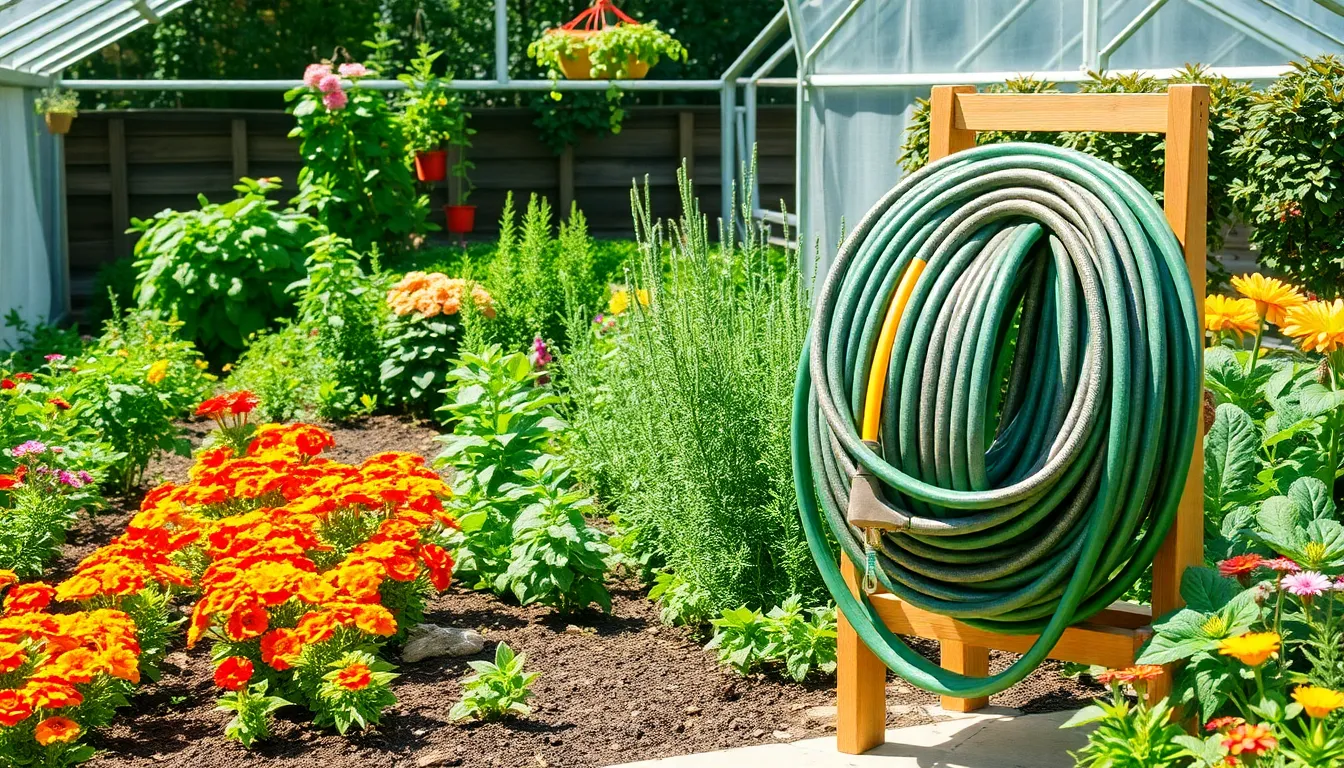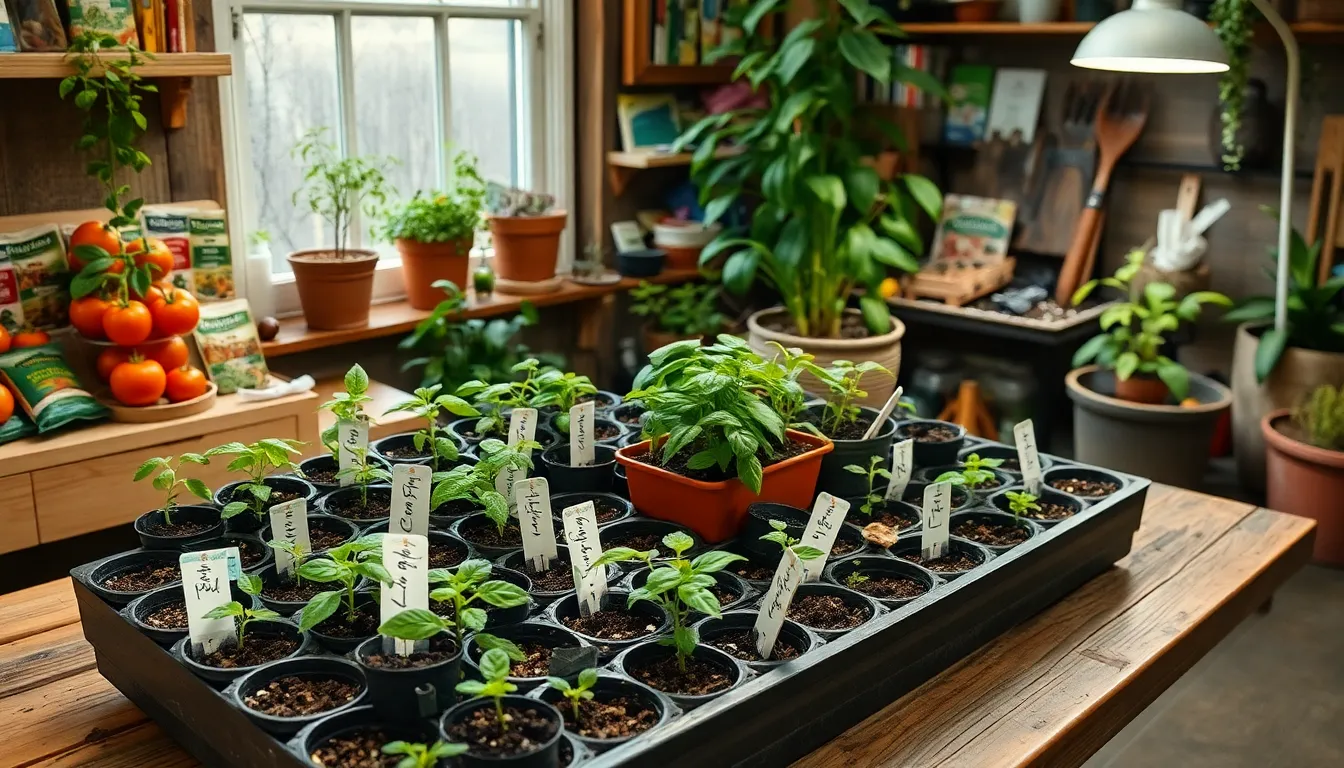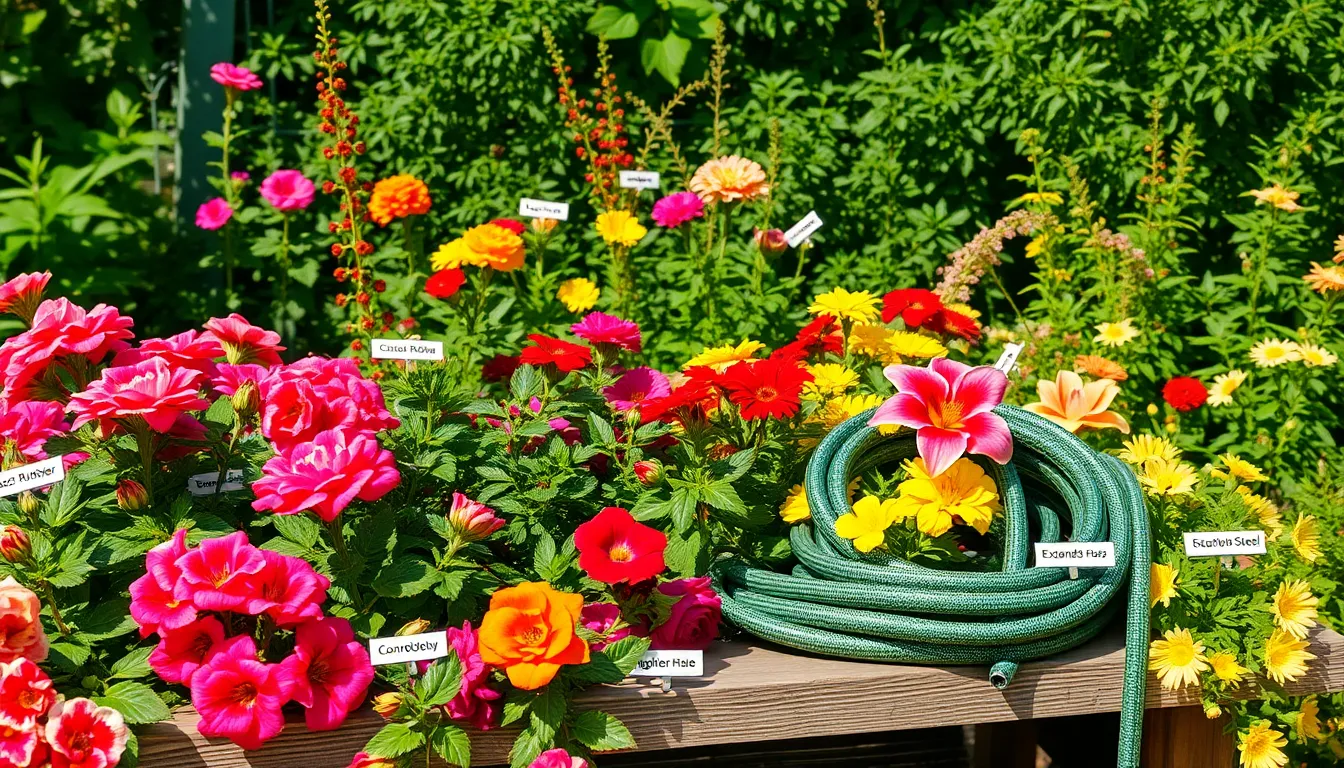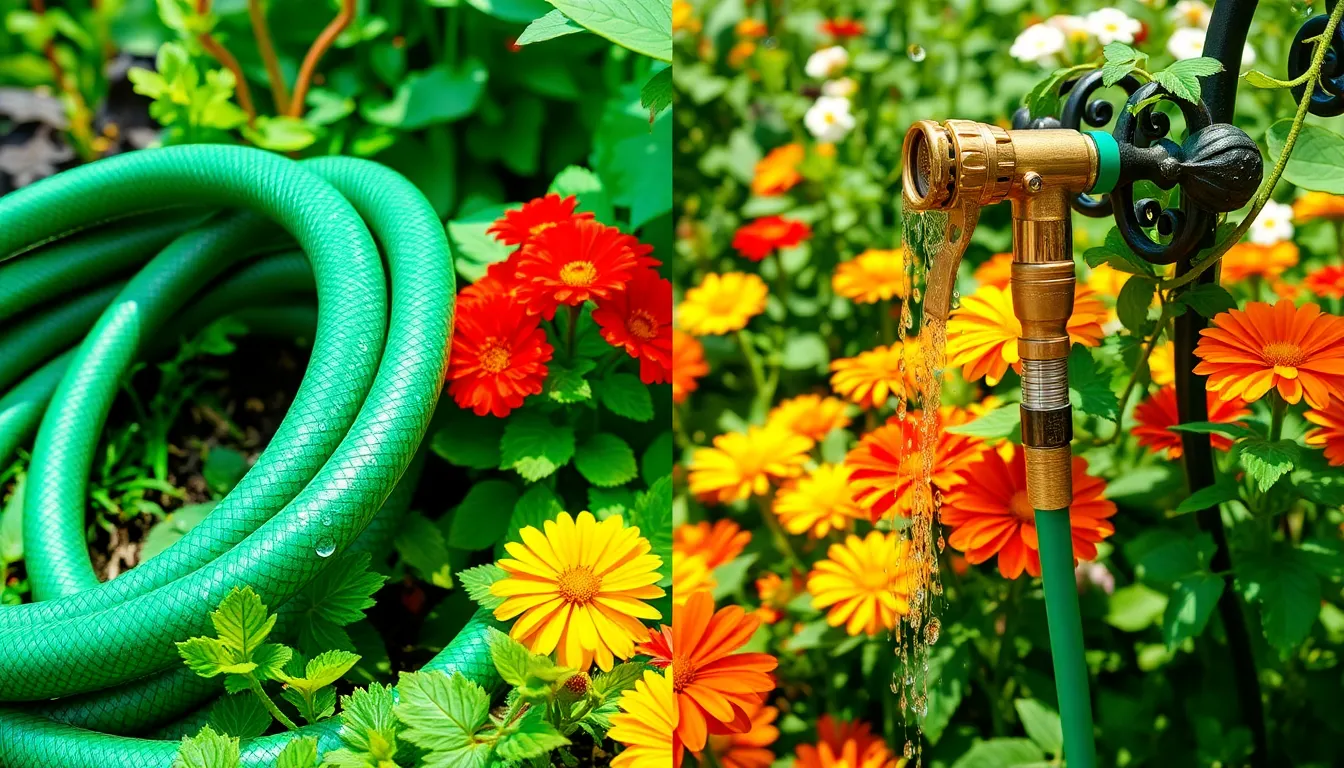Gardening is a journey that begins with the simplest of tools, and among them, the garden hose stands as a pivotal companion. Whether you’re a novice gardener just starting to explore the joys of nurturing plants or an experienced green thumb with a flourishing landscape, choosing the right garden hose can make all the difference in your gardening experience. While often overlooked, the garden hose is more than just a conduit for water—it’s an essential tool that can either streamline your watering routine or turn it into a chore. Understanding when and how to choose the right hose can save you time, effort, and even money in the long run.
In this article, you will discover key factors to consider when selecting a garden hose, such as length, material, and flexibility, tailored to suit your unique gardening needs. We’ll delve into the nuances of different types of hoses and provide insights that will empower you to make informed decisions. From lightweight, easy-to-handle options for container gardens to robust, kink-resistant choices for larger landscapes, you’ll learn how to match your hose to your specific gardening tasks. So, let’s embark on this journey together, ensuring that your garden hose becomes an invaluable ally in your quest for a thriving, vibrant garden.
Identifying Your Garden Hose Needs
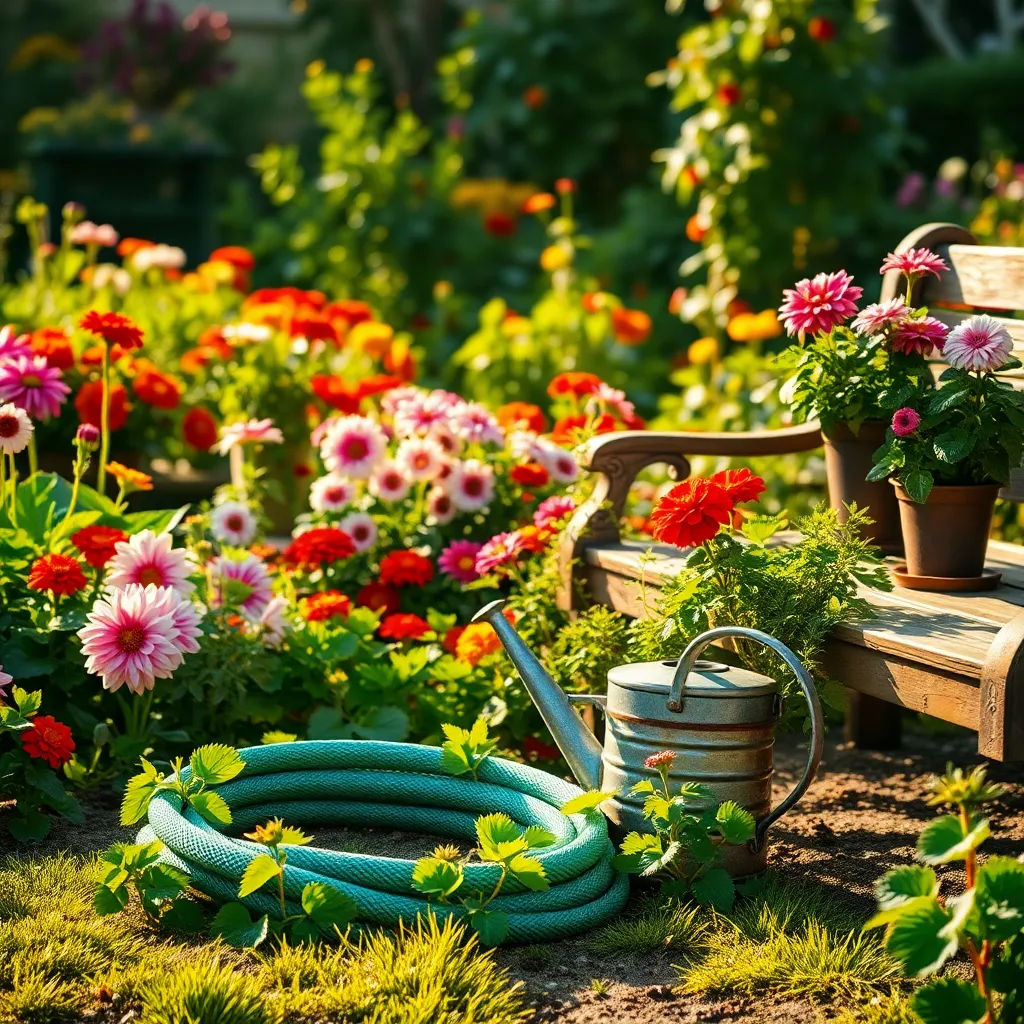
When deciding on a garden hose, consider the size of your garden and the types of plants you are nurturing. A small patio garden may only require a lightweight, flexible hose, while a larger garden with a variety of plants might benefit from a longer, more durable option.
It’s essential to match the hose material to your watering needs. Rubber hoses are durable and suitable for frequent use, while vinyl hoses are lighter and more cost-effective for smaller tasks.
Think about the climate where you garden and how it impacts hose performance. In areas with extreme temperatures, a hose with built-in UV protection can prevent cracking and degradation.
Additionally, consider the hose’s diameter for optimal water flow. A ½-inch diameter is sufficient for light watering tasks, whereas a ¾-inch diameter provides a higher water volume, ideal for larger gardens.
Seasonal Considerations for Hose Choice

As the seasons change, your choice of garden hose can greatly impact your gardening success. In colder months, you’ll want a hose that remains flexible in low temperatures, such as those made from rubber or reinforced vinyl.
During the hot summer months, consider using hoses with UV protection to prevent cracking and damage from the sun. These hoses are designed to withstand prolonged exposure to sunlight, ensuring they last longer and perform reliably.
For those who live in areas with variable climates, an all-weather hose is an excellent choice. These hoses are crafted to handle both extreme heat and cold, providing a versatile option for year-round gardening.
Gardeners in regions with frequent rainfall might benefit from a lightweight, expandable hose. This type of hose is easy to store and manage, especially when it’s often being coiled and uncoiled due to intermittent use.
Evaluating Hose Material Options
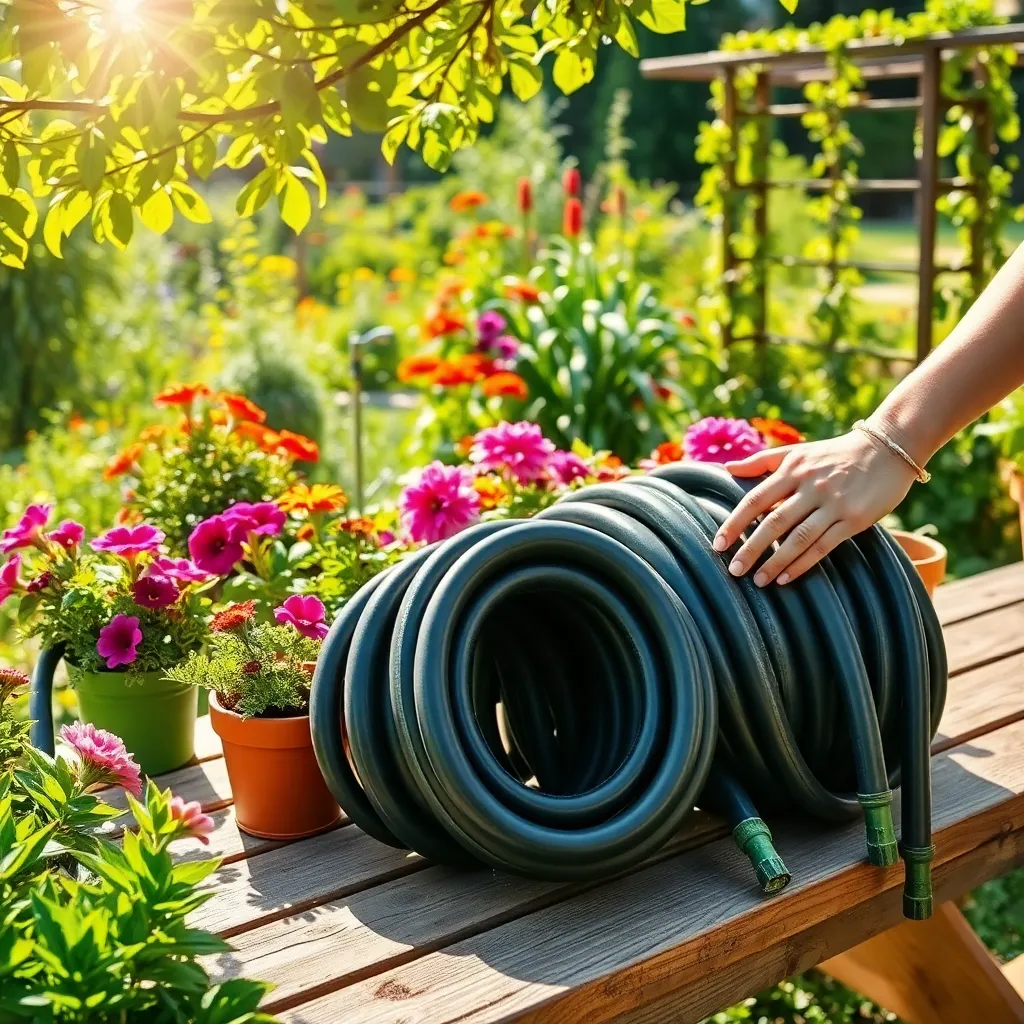
When choosing a garden hose, one of the most crucial factors is the material it’s made from. **Vinyl hoses** are lightweight and affordable, making them perfect for gardeners who prioritize ease of use and cost-effectiveness. However, they are less durable and may not withstand harsh weather conditions or frequent use.
**Rubber hoses** are highly durable and can handle a wide range of temperatures, making them a reliable option for avid gardeners. They are heavier and more expensive, but their longevity often justifies the higher cost. If you have a large garden or often need to drag your hose around, a rubber hose might be the better choice.
For those who need something in between, **reinforced hoses** offer a good compromise. These hoses are typically made from a combination of vinyl and rubber, providing both durability and flexibility. They are less prone to kinking than vinyl hoses and more affordable than pure rubber options.
Additionally, consider the benefits of **expandable hoses**, which are lightweight and easy to store. These hoses expand when filled with water and retract when empty, saving you storage space. They are ideal for small gardens and patios, but may not last as long if exposed to harsh conditions frequently. Choose the material that best suits your gardening habits and climate to ensure your hose serves you well for seasons to come.
Assessing Hose Length and Diameter
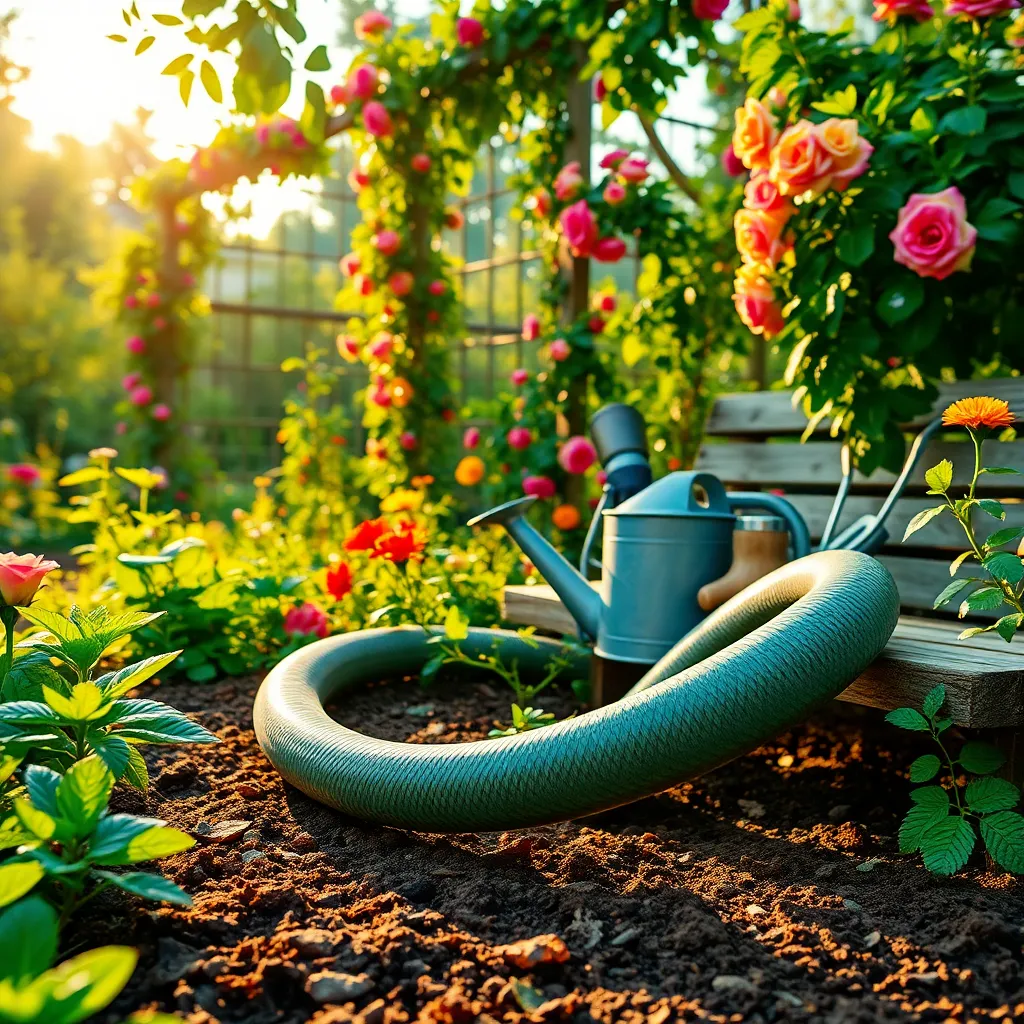
Choosing the right garden hose length is essential for efficient watering without unnecessary hassle. Measure the farthest point in your garden from the water source to determine the optimal hose length, ensuring you have enough reach without excess slack.
Consider the hose diameter, as it directly affects water flow rate. A standard garden hose diameter is 5/8 inch, which balances water pressure and volume, making it suitable for most gardening needs.
For larger gardens or areas with low water pressure, a hose with a larger diameter, such as 3/4 inch, may be more effective. This size increases water flow, allowing you to water large areas quickly and efficiently.
When dealing with delicate plants that require gentle watering, a smaller diameter hose, such as 1/2 inch, can be beneficial. It provides a softer flow that reduces the risk of damaging fragile plants and soil structure.
Timing Your Hose Purchase Wisely
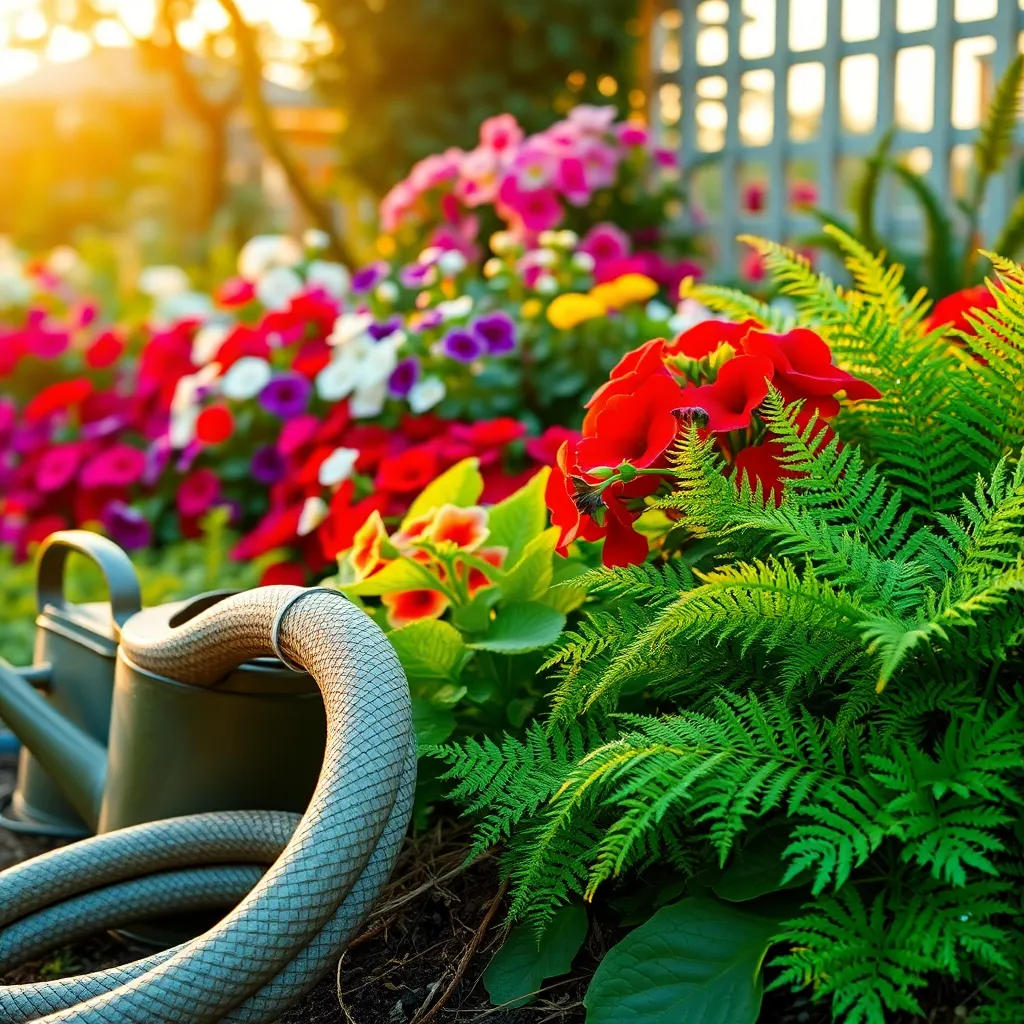
Timing your hose purchase is crucial for ensuring your gardening efforts are both efficient and effective. It’s best to buy a garden hose during the off-season, such as late fall or winter, when prices are often lower, and you have the luxury of time to research the best options.
Consider the specific watering needs of your plants when selecting a hose. For instance, if you’re growing a vegetable garden, you might require a durable, kink-resistant hose for frequent use, while a smaller, lightweight hose may suffice for potted plants on a patio.
Take into account the materials and features that suit your gardening style. A vinyl hose is more affordable and lighter, making it a good choice for beginners who manage small gardens, whereas a rubber hose offers durability and flexibility for more demanding tasks.
Advanced gardeners might benefit from investing in a hose with features like adjustable nozzles or built-in shut-off valves. These can help you conserve water and target specific plants or areas, ensuring your garden receives the precise care it needs.
Conclusion: Growing Success with These Plants
In navigating the intricate garden of relationships, five key concepts stand out: effective communication, trust-building, embracing change, mutual respect, and shared interests. Just like selecting the right garden hose, these principles ensure that the foundation of your relationship remains strong and nourished. Effective communication acts as the water flow, enabling understanding and connection. Trust-building is the sturdy material that withholds pressure, while embracing change is akin to adjusting the nozzle to suit varying needs. Mutual respect serves as the reliable connections, and shared interests are the vibrant garden that flourishes with care.
Now, take an immediate step to enrich your relationship: initiate a heartfelt conversation with your partner today, focusing on any one of these principles. This small action can initiate profound growth.
Remember, relationships require ongoing care and attention. Bookmark this article as your go-to guide whenever you need to realign your relationship compass. By doing so, you are investing in a future where your relationship thrives and stands resilient against any challenges. Success in relationships is not just about the present; it’s about building a joyful, enduring partnership for the days to come. Let’s nurture these connections together and watch them blossom.

